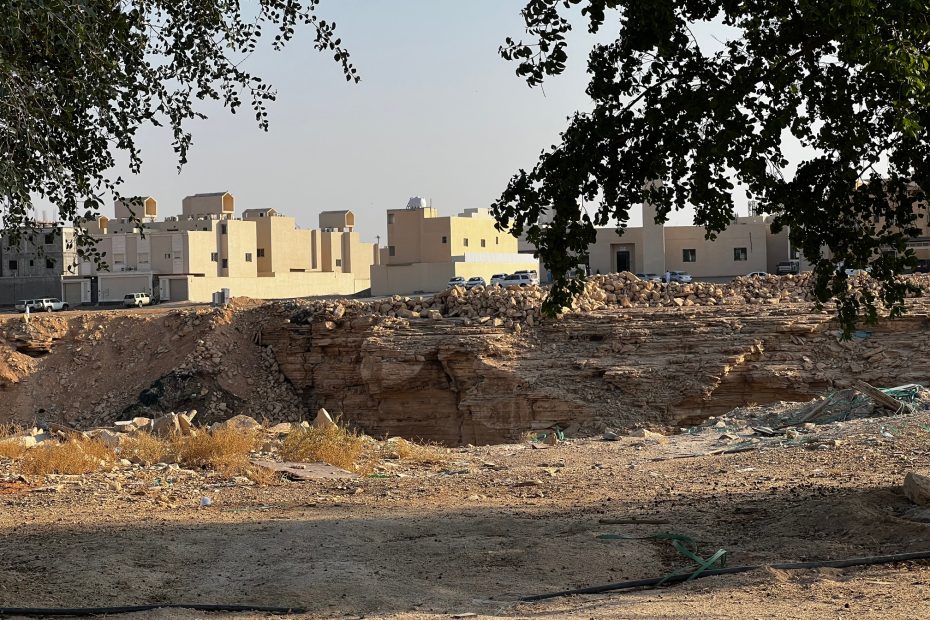Introduction
Choosing between living in a villa or an apartment involves considering various factors such as space, cost, lifestyle preferences, and family needs. This article provides an in-depth analysis of the benefits and drawbacks of each option, supported by statistical data, surveys, and expert opinions.
Historical Context
The preference for villas or apartments has evolved over time, influenced by urbanization, economic factors, and cultural shifts. In the past, detached homes like villas were more common, especially in suburban areas. However, with increasing urbanization and the need for efficient use of space, apartments have become a popular choice in cities worldwide.
Space and Design
- Living Space:
- Villas: Typically offer more living space, both indoors and outdoors. According to a study by the National Association of Home Builders, the average size of a new single-family home in the U.S. is around 2,500 square feet.
- Apartments: Generally smaller, with the average size of a new apartment in the U.S. being approximately 1,000 square feet. Apartments in city centers may be even smaller due to high land costs.
- Design Flexibility:
- Villas: Offer greater design flexibility, allowing homeowners to customize layouts, interiors, and exteriors to their liking. This is particularly appealing for those who value personalization and unique architectural styles.
- Apartments: Often come with fixed layouts and design constraints. Customization options are usually limited to interior decor.

Cost Considerations
- Purchase and Maintenance Costs:
- Villas: Generally more expensive to purchase and maintain due to their larger size and land ownership. A report by Zillow indicates that the median home value in the U.S. for detached homes is significantly higher than for apartments.
- Apartments: Typically more affordable in terms of purchase price. Maintenance costs are often shared among residents through homeowner association (HOA) fees, which cover communal areas and amenities.
- Utilities and Energy Efficiency:
- Villas: Tend to have higher utility costs due to larger spaces and outdoor areas. However, they offer more opportunities for energy-efficient upgrades, such as solar panels and efficient insulation.
- Apartments: Generally have lower utility costs due to smaller living spaces. Modern apartments are often built with energy efficiency in mind, incorporating green building practices and technologies.
Lifestyle and Community
- Privacy and Noise:
- Villas: Provide greater privacy, with no shared walls or communal areas. This is ideal for those who value solitude and quiet.
- Apartments: Living in close proximity to neighbors can lead to noise issues. However, modern apartments are designed with better sound insulation to mitigate this.
- Community and Social Interaction:
- Villas: Often situated in suburban areas with less social interaction. Homeowners might need to make more effort to engage with the community.
- Apartments: Foster a sense of community with shared amenities like gyms, pools, and common areas. Social interaction is more common and easier to facilitate.
Family and Lifestyle Needs
- Family Size and Dynamics:
- Villas: Better suited for larger families or those with children, providing ample space for play and family activities. A study by the American Planning Association found that families with children often prefer single-family homes with yards.
- Apartments: More suitable for singles, couples, or small families. Limited space can be a constraint for larger families.
- Pet-Friendliness:
- Villas: More accommodating for pets, offering outdoor space for them to roam freely.
- Apartments: May have restrictions on pet ownership, and limited space can be challenging for pet care.
Health and Well-Being
- Physical Activity and Outdoor Space:
- Villas: Offer private outdoor spaces like gardens and yards, promoting physical activity and a connection with nature.
- Apartments: Limited private outdoor space, but often include amenities like gyms and parks that encourage an active lifestyle.
- Mental Health:
- Villas: The space and privacy can contribute to a peaceful living environment, reducing stress and enhancing mental well-being.
- Apartments: Social interactions and community living can positively impact mental health, but noise and lack of privacy might be stress factors for some.

Case Study: Saudi Arabia
Saudi Arabia’s real estate market offers unique insights into the villa versus apartment debate. According to the Saudi Real Estate Development Fund, there has been a growing demand for both villas and apartments due to urbanization and government initiatives to provide affordable housing.
- Market Trends:
- Villas: Traditionally preferred by Saudi families, especially in suburban areas. The cultural preference for larger living spaces and private outdoor areas drives the demand for villas.
- Apartments: Increasingly popular in urban centers like Riyadh and Jeddah due to their affordability and proximity to work and amenities. The Saudi Vision 2030 initiative aims to increase homeownership, making apartments an attractive option for first-time buyers.
- Cost and Affordability:
- Villas: Higher initial costs and maintenance expenses. However, the government provides various financial support programs to assist families in purchasing villas.
- Apartments: More affordable with lower maintenance costs. The rise of mixed-use developments offers modern amenities and improved living conditions.
- Lifestyle Preferences:
- Villas: Preferred for their privacy, space, and suitability for larger families.
- Apartments: Attractive to young professionals, small families, and expatriates due to their convenience and community features.
Conclusion
The decision between living in a villa or an apartment depends on various factors, including budget, lifestyle preferences, family needs, and location. Villas offer more space, privacy, and customization options but come with higher costs. Apartments provide affordability, convenience, and a sense of community but may lack the space and privacy of a detached home. Understanding these dynamics and considering personal priorities will help individuals and families make informed decisions about their ideal living arrangements.
References:
- National Association of Home Builders
- Zillow Real Estate Research
- American Planning Association
- Saudi Real Estate Development Fund
- World Health Organization: Noise Guidelines
